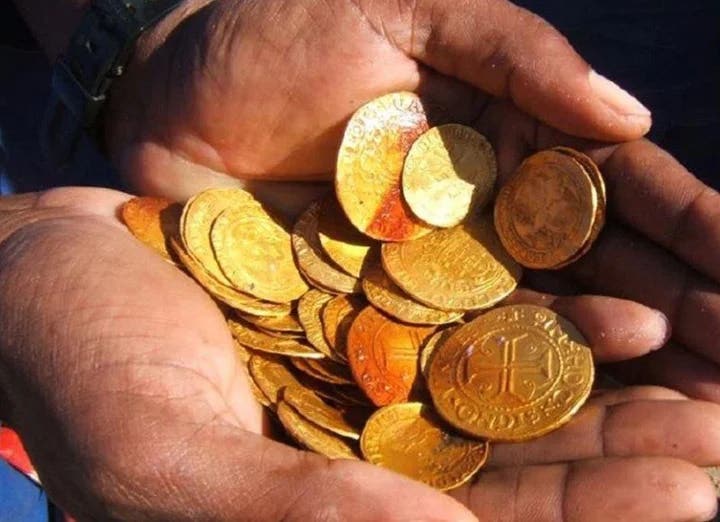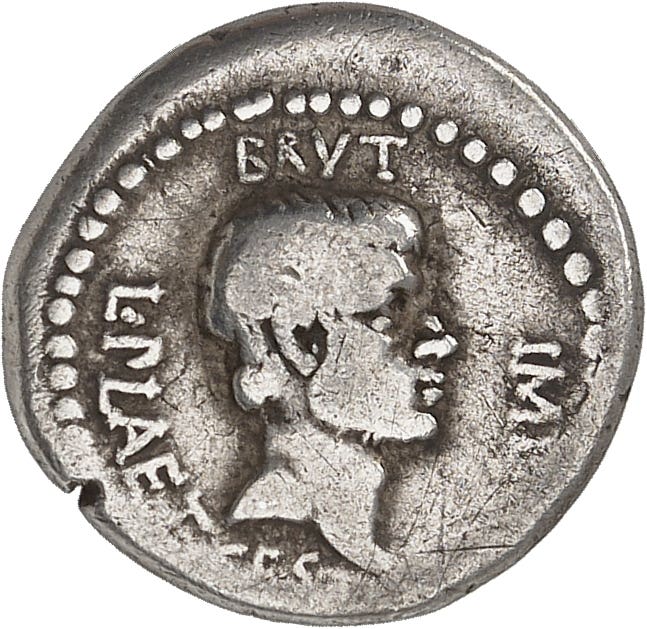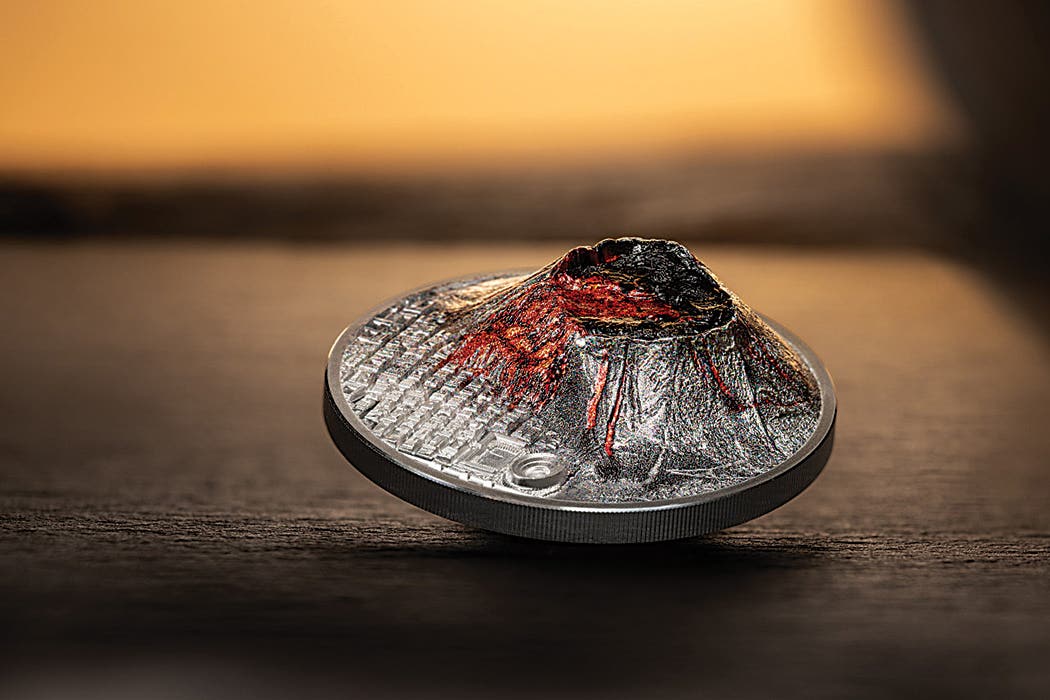Royal Coin Cabinet is closing
It’s all about money, not only the money on display, but the cost of putting on that display as well. The future of Sweden’s Royal Coin Cabinet is in question….
It’s all about money, not only the money on display, but the cost of putting on that display as well.
The future of Sweden’s Royal Coin Cabinet is in question. The Kungliga Myntkabinettet, as it is called in Swedish, has been located on three floors in a building in central Stockholm in the old town area frequented by tourists. The exhibits are now closed, with the accompanying library also closed, at least temporarily.
According to the museum website, the central agency National Historical Museums plans to move the cabinet to the Swedish History Museum. The agency cited increasing rent costs at the privately owned building the collection is now leaving as the reason for the relocation.
Despite the website stating the museum would remain open until March 31, the Jan. 12 issue of the online publication CoinWeekly.com recently reported, “The exhibitions are already taken down,” adding that, “The future location of the library is still unknown. It only seems certain that, just like the other collection objects, the library will be inaccessible for several years during its relocation.”
The museum website states: “Until 31 March 2017 the museum is open as usual with school visits, tours, lectures, and family activities. After this the exhibitions gradually closes. The last chance to visit the museum before the move is the 20 August 2017.”
The website continues, “We look forward to resume our activities and welcome visitors at our new premises during 2019.”
While the museum website does not appear to be disconcerting CoinWeekly.com reported, “… it is still unknown, where and how the enormous collection of more than 500,000 objects of the rooms of the Swedish Historic Museum is supposed to be transferred to. Not to mention the corresponding offices which should be located in close proximity to the objects for efficient processing and publication.”
The online publication editorializes, “This will massively compromise numismatic research in Sweden.”
Sweden’s Royal Coin Cabinet has been around for about four and half centuries. Initially commissioned by King John III (at a time when Sweden was being pawned due to financial problems), the oldest known inventory of the collection dates from 1630. At that time the collection consisted of 57 coins and associated medals. Today the collection consists of more than 600,000 numismatic-related objects from all over the world. The collection has grown due to museum purchases, contributions and the redemption of coin treasure finds.
According to Swedish law, a find of more than one object composed of copper alloy or precious metals must be reported to the government, who in turn attaches a finder’s reward to that find. There are no laws forbidding trespassing, meaning the landowner has no claim to such a find.
The museum exhibitions have been on money of the world, Swedish coins, plate money, treasure trove, how people try to save money, entrepreneurship and on the development of the dollar.
The museum has also been cataloging Swedish finds of Viking coins, a project that has been funded in part by German and English research foundations.
Most Swedish state museums rent their locations from state building administrators. Rents are determined by a market-conforming rent index. Rents charged to these museums are, for that reason, paid to the state.
This article was originally printed in World Coin News. >> Subscribe today.
More Collecting Resources
• The 1800s were a time of change for many, including in coin production. See how coin designs grew during the time period in the Standard Catalog of World Coins, 1801-1900 .
• Any coin collector can tell you that a close look is necessary for accurate grading. Check out this USB microscope today!








